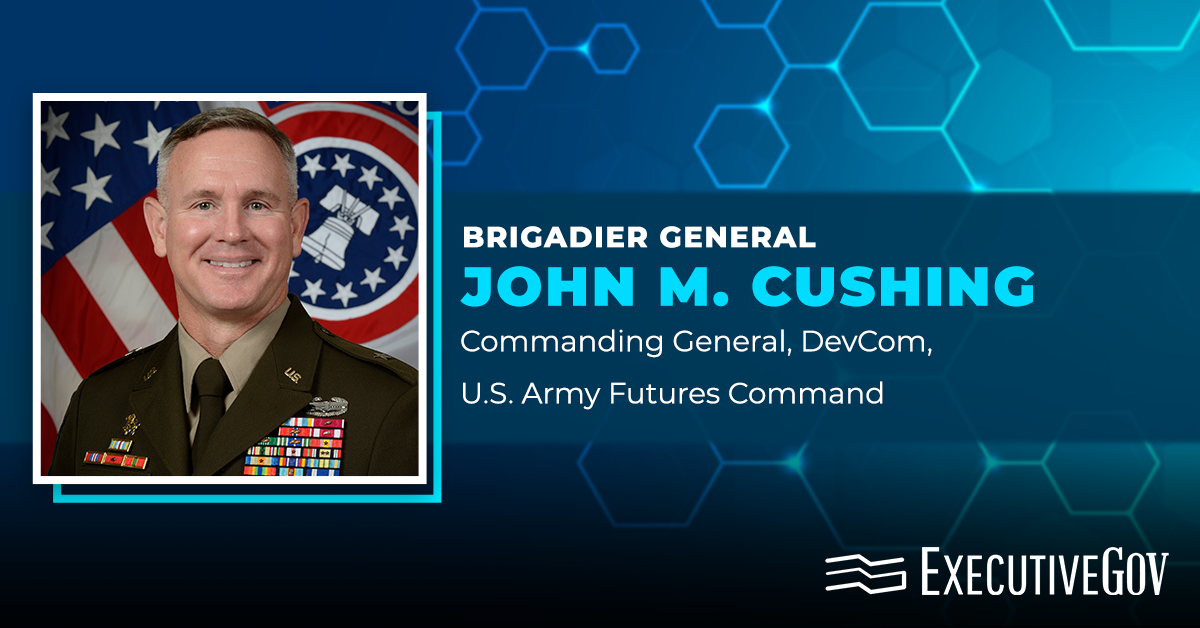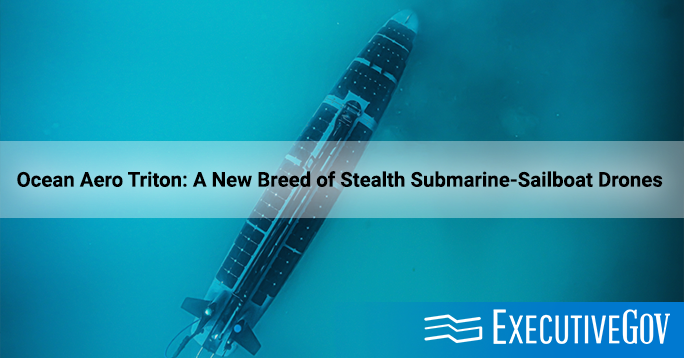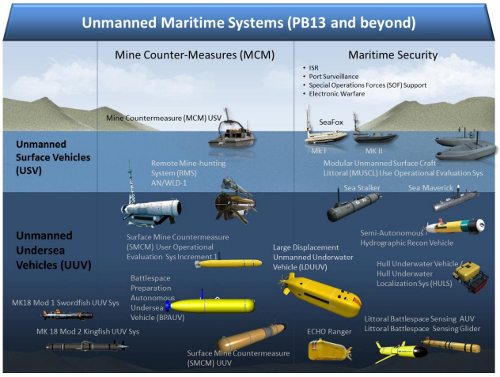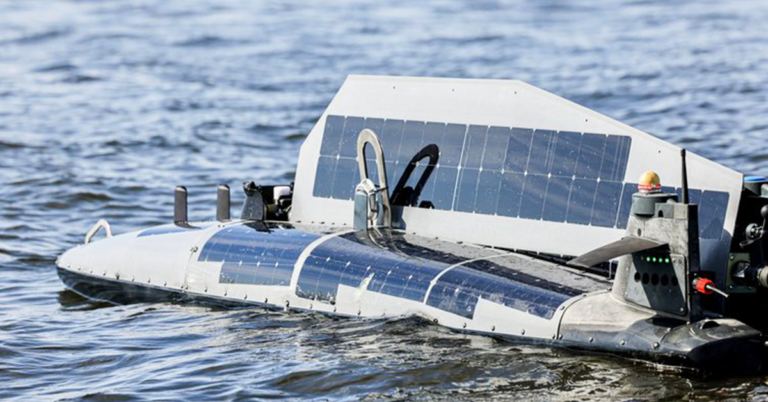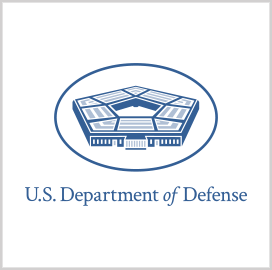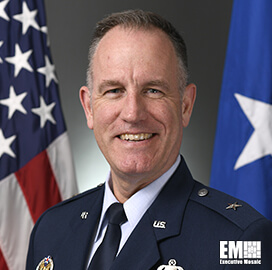Posing a compelling technical problem and providing access to state-of-the-art tools to solve it can help motivate researchers to participate in the Defense Advanced Research Projects Agency’s work on artificial intelligence, according to Kathleen Fisher, director of the Information Innovation Office at DARPA.
In the case of the AI Cyber Challenge, the motivation involves protecting U.S. civilian infrastructure from a preemptive cyber attack by China ahead of an invasion of Taiwan, Fisher said during a recent episode of The Gradient Podcast.
The competition, also known as AIxCC, seeks to develop an AI-powered system that would detect and resolve vulnerabilities in commonly-used software.
“We have a massive digital surface. A lot of that is open source software,” Fisher said. AI can be used to reduce that attack surface by finding and fixing “a lot of the low-hanging fruit really really quickly.”
The I2O director added that DARPA is partnering with OpenAI, Anthropic, Google and Microsoft, who will provide AIxCC participants access to resources to do the work.
“We’re giving them access to state of the art tools on a problem that’s of critical importance to national security to see what they can do,” Fisher said.
AIxCC will kick off in March 2024. Competitors who make it to the finals will have a chance to win a total of $29.5 million.
Fisher and other federal leaders and industry experts will converge to explore the transformative power of artificial intelligence at the Potomac Officers Club’s 5th Annual AI Summit. Register now.




